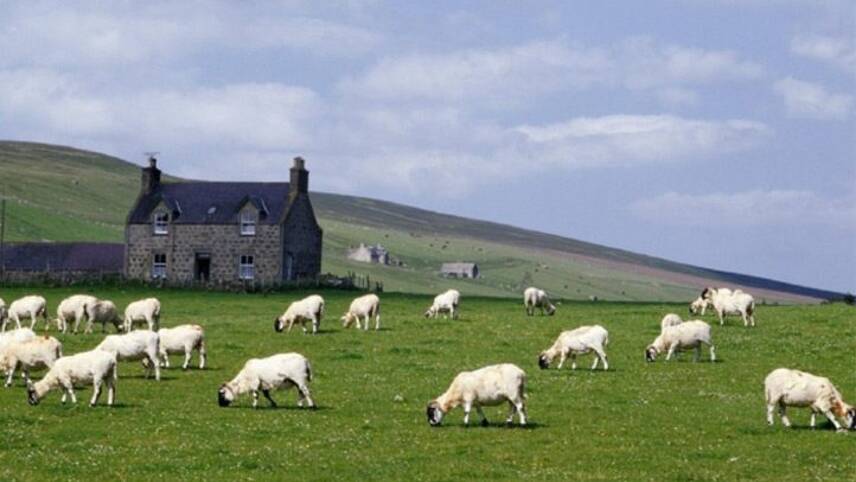Register for free and continue reading
Join our growing army of changemakers and get unlimited access to our premium content

The Green Alliance proposes that the majority of food is grown on the most productive land with limited fertiliser use, while farmers rewild more parts of their land
The new Green Alliance report claims that restoring habitat across the 10% of England classed as “least productive” could help reverse declining bird population rates while tackling carbon emissions.
The Green Alliance found that the least productive 10% of land produces around 0.5% of food eaten in the UK. In response, the research suggests supporting farmers to restore nature on this land. The Green Alliance claims that doing so would boost bird populations by around 50% by 2050 as well as boosting farmer income across those areas of land by 20%.
The research claims that a different approach to land use would enable these increases alongside reduced emissions. The Green Alliance proposes that the majority of food is grown on the most productive land with limited fertiliser use, while farmers rewild more parts of their land.
Additionally, under the Landscape Recovery scheme, of which only 2% of the budget has been made available, the least productive land would be used to resort nature and reduce emissions.
Doing so would require the UK Government to deliver on existing pledges on nature, rather than just providing additional funding. The Green Alliance claims that if the Government allocated a little under a third of the existing £2.4bn in budgets for rural payments, this vision could be realised. Indeed, allocation £600m to recover 10% of the English landscape would deliver more sustainable incomes for farmers. In the longer term it could provide over half the carbon savings needed from agriculture and land use by 2035.
The Green Alliance’s senior policy adviser James Elliott said: “The government looked to set to realise a genuine Brexit opportunity when developing new plans for agriculture, but there are now fears we will return to a climate destructive EU-style system or ignite a race to the bottom where farmers and the environment both lose.
“This is about making sure we use the least productive land in the best way – boosting farmer incomes while restoring nature and starting to tackle the increasingly destructive effects of climate change.”
Drought warnings
The research comes amidst drought warnings for the UK, which will likely impact food production.
The UK Centre for Ecology and Hydrology this week stated that much of the UK could experience drought conditions until the autumn, with rainfall and river levels set to remain low in the coming months – particularly in southern and central England.
Heatwaves in geographies including mainland Europe and India have already reduced yields for certain crops, including wheat, olives and rice and the UK’s National Farmers Union (NFU) is warning that the worst is still to come and that policymakers are not yet responding adequately.
June saw the Government publishing its Food Strategy, the first in a generation. The reaction was one of disappointment, with the majority of recommendations made by Henry Dimbleby, the expert leading the review of existing policy, not taken on board. Groups operating in agriculture, climate action, nature, nutrition and the civil society spaces all expressed concerns.
The Landworkers’ Alliance (LWA) was among the critics, calling the plans “the policy equivalent of junk food”.
Now, the LWA has published a new set of recommendations for developing resilient and sustainable food systems in rural parts of the UK.


Please login or Register to leave a comment.